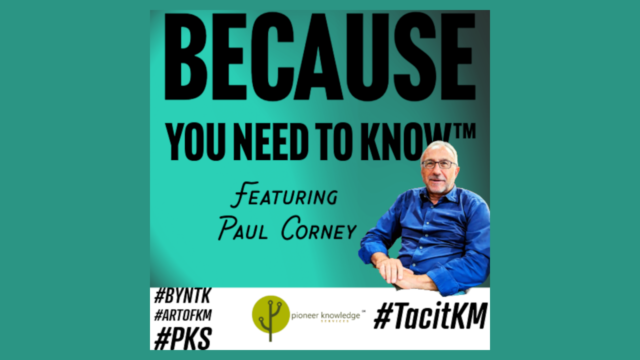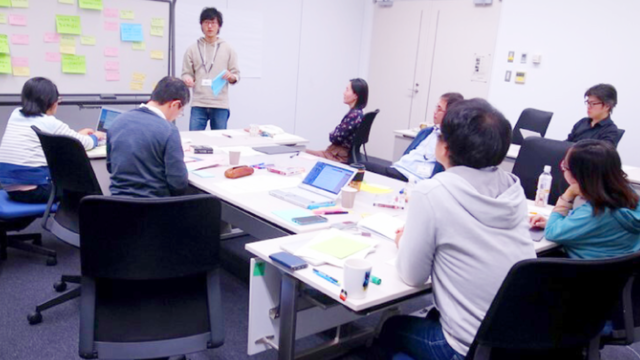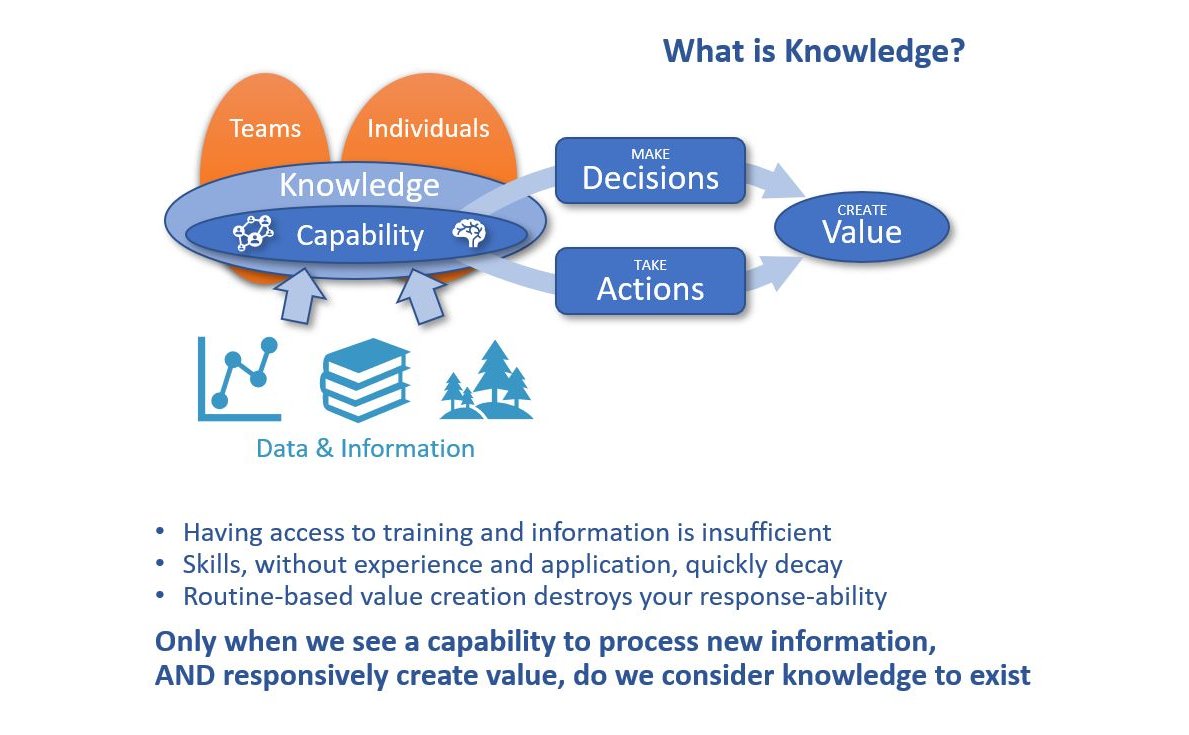
Co-creative approaches to knowledge production and implementation series (part 9): Exploring boundaries and overlaps in different approaches to involving patients and family members in biomedical research
This article is part 9 of a series of articles based on a special issue of the journal Evidence & Policy.
In a debate piece in the special issue, Locock and Boaz1 examine different approaches to involving patients and family members in biomedical research.
They advise that while biomedical research policy in many countries has adopted the principle of active involvement in research, there are different approaches to involvement, and how these sit alongside each other is contentious and unclear. The different approaches include:
- patient and public involvement/engagement (PPIE)
- qualitative research
- participatory research, co-design
- co-production.
A subtle shift in the discourse has seen the wider use of the language of co-design and co-production, which has surfaced once again debates about what counts as meaningful involvement. In their paper, Locock and Boaz seek to contribute to this debate by exploring boundaries and overlaps between the different approaches.
Contested definitions and positions
Understanding what matters to patients is crucial in designing biomedical interventions that are acceptable and rooted in the reality of patients’ daily lives. Examples of such interventions include weight loss and exercise programmes for people with diabetes, online cognitive behavioural therapy, or the self-monitoring of long-term conditions.
Much has been written about how health research and healthcare can be better designed around patient and family needs and preferences. Locock and Boaz alert that this is a crowded landscape, fraught with contested definitions and positions, in which others’ approaches are often dismissed as less empowering, authentic and patient-centred than one’s own.
Terms such as co-creation, co-production, co-design, participatory action research, involvement and engagement mean different things in different disciplinary and international contexts. ‘Engagement’ is one example. In some contexts, ‘engagement’ is defined as simply telling people about research. This is in contrast to ‘involvement’ – carrying out research with patients as active partners. In other contexts, however, ‘engagement’ is used to mean something similar to ‘involvement’. Because of these different definitions, Locock and Boaz use the term PPIE (patient and public involvement/engagement) to reflect the international interest in patients as partners in research.
The ‘co’ terms (including co-production and co-creation) have increasing traction in academic and policy debates about working with stakeholders, but the extent to which this shift signals a fundamental change in attitudes and practices is unclear. It has been suggested that these activities may remain tokenistic, despite the change in language. There is also a risk of assuming that any activity described using less fashionable terms must by definition be lacking in good intention.
In response to the debate, Locock and Boaz have sought to:
- examine the boundaries and commonalities between approaches to incorporating user perspectives
- consider the potential of co-design as a way forward
- explore the ethical assumptions underpinning different approaches.
In doing so, they do not seek to offer simple answers or impose spurious clarity, but rather to unpack overlaps, confusion and competing philosophical standpoints for reflection. Boundaries between approaches, they argue, may in part be more imagined than real, reflecting differing origins and traditions, and also the language each may use to differentiate their own contribution. While genuine differences in both method and intention exist, Locock and Boaz suggest there may also be areas where a focus on boundaries can seem like an unhelpful guarding of territory.
One contested boundary – qualitative research and PPIE
On the face of it, patient and public involvement/engagement (PPIE) in medical research seems to have a role which is distinct from qualitative research. PPIE involves patients as lay advisers to make sure that the research is acceptable to people like them, checking that the information and consent materials are understandable and advising on the dissemination of findings (including the production of lay summaries). People involved in PPIE are not participants in research, but partners in the research process.
However, in the context of biomedical intervention studies, arguably both approaches have coalesced towards a common purpose: to make interventions more likely to reflect the needs of patients and fit with their daily lives. Locock and Boaz suggest that the boundaries between PPIE and applied qualitative research in this context may be less clear than is sometimes supposed. Partly this is because PPIE itself has grown and changed to be more ambitious in scope; and partly because as qualitative methods have been brought into intervention design, they take on a specific character. These two strategies for bringing patient perspectives into medical research design have expanded side by side, but have been keen to demarcate a sharp boundary.
Locock and Boaz do not seek to argue that PPIE and qualitative research are identical or completely interchangeable. However, they suggest advocates of these approaches tend to set up ‘straw man’ versions of each other as part of boundary maintenance work, to defend their own territory.Further, despite the perceived boundaries, some authors have suggested the two approaches can be complementary.
Another contested boundary – user-testing and co-production
Meanwhile, in a parallel disciplinary space, engineers and app developers have designed interventions using iterative user testing and focus groups, drawing on design science. And in another space altogether, researchers and their partners have developed co-production and participatory action research (PAR) approaches, where the lines between researcher and researched, between lay and expert, are deliberately blurred and challenged.
Locock and Boaz alert that despite co-production’s potential to address the democratic deficit and promote active citizenship, it can remain tokenistic if it is just an attempt to ‘add in’ public participation to bureaucratic processes, rather than fundamentally overturning them. (This sounds remarkably similar to common criticisms of PPIE). It has been argued that co-production is inherent in all public service delivery; the very act of providing and receiving services shapes those services, whether people are consciously ‘co-producing’ or not. In response, one author argues for a clearer differentiation between ‘production’ – turning input into products – and the ‘co’ element, implying mutual relationships.
Increasingly, the PPIE field is turning towards co-production to get beyond a tick-box procedural interpretation of PPIE. It is argued that there is scope to develop co-production approaches as a way of challenging inequalities in power in research, but further work is needed to understand what this means in practice. While co-production could be seen by advocates of PPIE as extending and improving its reach, advocates of co-production may object that it is difficult to do meaningful co-production within the confines of a mandated activity. As a result they might suggest this is an argument for keeping the two distinct, and focusing PPIE on a more limited range of activities.
Is co-design a way forward?
Locock and Boaz advise that while co-production across the whole medical research cycle is an ambitious and perhaps far-off goal, co-design of interventions may be more realistic in the short to medium term. Co-design can be defined as an active, voluntary process of producers and users working together to redesign individual services (as opposed to whole system redesign).
Co-design can cut through the boundaries between PPIE and qualitative research. Done well, it can offer the best of both: genuine involvement; a focus on understanding many perspectives; an iterative and investigatory style; and a commitment to changing things in the interest of those who have to live and work with the results.
A clear distinguishing feature of co-design processes such as experience-based co-design is the way they can bring together multiple stakeholders, not just researchers and patients. Frontline health service staff, including cleaners, receptionists and managers, as well as clinical staff, have an understanding of healthcare context which is crucial to anticipating how an intervention might translate into the real world. Arguably, there is a moral imperative for frontline healthcare staff to also contribute to research decision making, because most intervention delivery will involve them. Clinical academics are represented on funding panels and research teams, but this is only one type of staff perspective. Staff stakeholders are notably absent from the PPIE discourse, and some advocates of PPIE would be hostile to their inclusion.
Ethics, power, and agency
Why does it matter whether involving patients (or staff) in designing interventions is positioned as qualitative research, PPIE, user-testing, or co-design? Locock and Boaz alert that one reason is the implications for ethics review. This is not just a practical process issue, but also a philosophical issue of power and agency, and how we construct stakeholders. How these different activities engage with ethics reveals some of the real and perceived differences between them.
Qualitative research conducted in healthcare settings has largely been subject to the same ethics processes and requirements as biomedical research. However, social sciences and medical research have conflicting notions of ethics. The ethical governance of health services research has been described by one author as being characterised by excessive and inappropriate bureaucratic requirements. By contrast, other authors have argued more conservatively that quality and service improvement research in healthcare should remain governed by existing medical research ethics committees. Even though these were not designed with quality improvement research in mind and are not a perfect fit, they have the advantage of being based on internationally accepted ethical principles. A proportionate approach is recommended, including seeking ethics committee advice on whether a particular piece of work meets the definition of research.
However, a traditional ethics approach is even more at odds with the philosophy of partnership underpinning community-based participatory action research, where paternalist ideas about consent and ethics have little traction.
How, then, can we liberate from a disproportionate ethics regime this family of approaches to intervention design which have many goals and methods in common? How can we avoid constructing people as vulnerable participants rather than partners, with agency?
Locock and Boaz state that they have no simple answer. However, they note with interest that in some Scandinavian countries and the Netherlands this problem does not exist, because not only PPIE but also qualitative research are exempt from ethical review.
Working at the boundaries, or the margins?
Locock and Boaz have identified similarities as well as differences between the different groups working to promote involvement/engagement in biomedical research. Despite the policy discourse, these are all largely marginal activities. Engaging in marginal activities can have negative effects on academic identity, research practice and career progression. As such these marginal activities carry potential career risks for the individuals who engage in them.
All the approaches – PPIE, qualitative research, user testing and co-design – may share similar values but represent competing understandings and beliefs of how to get there. At times, this competition encourages different groups to retreat to and fortify their own power base. This defence of territories adds to the confusion of the very stakeholders we seek to work with as we attempt to draw clear boundaries along blurred lines.
Is an alternative vision to encourage more boundary spanning? There is value in learning across boundaries, however, boundary-spanning work is not without risk. It requires a degree of confidence, skill and commitment which may be lacking. Locock and Boaz also recognise that such boundary spanning can be troubling for those who feel something of the richness and rigour of their preferred approach is lost in translation as it is (mis)appropriated by another field. Far from emulation being interpreted as a sincere form of flattery, it may represent unwelcome encroachment and a dilution of the core mission.
The way ahead
From their analysis, Locock and Boaz argue that the approaches they have considered are sometimes distinct but complementary, sometimes overlapping and sometimes interchangeable, and that overlaps are sometimes exacerbated by the diversity of practice in application.
They recommend that choices about which approach to take should in future be driven not by preferences (of researchers or funders), but by methodological and practical considerations, and a concern for authentic collaboration which emphasises ‘the importance of engaging and integrating the multiple perspectives of stakeholders that can shape the understanding and process of knowledge generation and use.
Next part (part 10): What does complexity mean for co-creation and how stakeholders are engaged?
Article source: Adapted from the paper Drawing straight lines along blurred boundaries: Qualitative research, patient and public involvement in medical research, co-production and co-design published in the Evidence & Policy special issue Co-creative approaches to knowledge production: what next for bridging the research to practice gap?, CC BY-NC 4.0.
Acknowledgements: This series has been made possible by the publication of the special issue as open access and under a Creative Commons license. The guest editors and paper authors are commended for their leadership in this regard.
Header image source: Adapted from an image by Michelle Pacansky-Brock on Flickr, CC BY 2.0.
References:
- Locock, L., & Boaz, A. (2019). Drawing straight lines along blurred boundaries: Qualitative research, patient and public involvement in medical research, co-production and co-design. Evidence & Policy: A Journal of Research, Debate and Practice, 15(3), 409-421. ↩
Also published on Medium.





